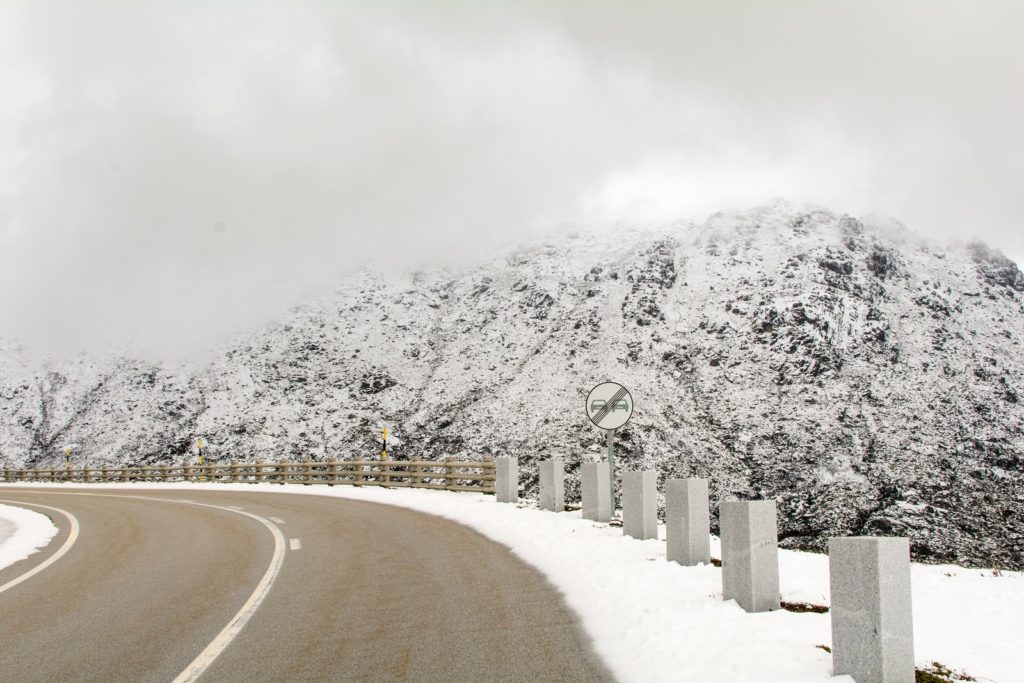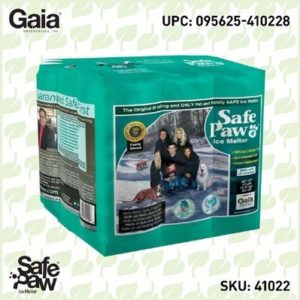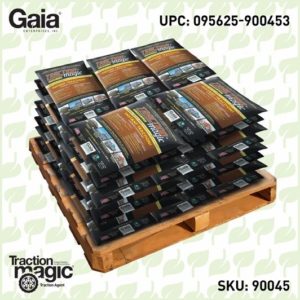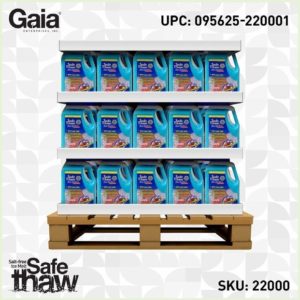Keeping Your Concrete Safe Is Easy In Madison- Learn How

According to the Farmer’s Almanac’s forecast, the Northern United States can expect a long and cold winter, with below-normal temperatures throughout the Midwest and Great Lakes region, stretching across the Northern and Central Plains.
So, winter in Madison is also expected to bring the below-normal temperature and a lot of snow.
But are you worried about your concrete and wondering how to keep it safe in the snowy winter season?
Non-Toxic Ice Melt

Safe Paw
The Original and the #1 Pet and Child Safe Snow Melt for over 20 years. Guaranteed environmentally safe – will not harm waterways and sensitive wetlands.
Then you’ll find 6 tips in this article to keep your concrete safe even if it is new and more vulnerable to damages.
1- Avoid Using Rock Salt
One of the popular ways to get rid of the snow on pavements is by applying rock salt. However, these rock salts are not safe to use. Using salt to melt ice on a regular basis pits the cement used for our walkways, steps, and other concreted areas. Once the cement pits, it will eventually crack or cause potholes in your surface. Salt, when comes in contact with metal in your patio furniture, can corrode and rust it.
2- Avoid Chemical-Based Ice Melt
Most of the ice melt are corrosive in nature (even that bag of salt that has a non-corrosive inhibitor). The fact is chloride causes corrosion. Choose an ice melter that is non-toxic, chloride-free, and salt-free.
3- Choose A Good Ice Melt For Concrete
There are non-chloride, ice melt for concrete available in the market that is non-toxic, pet-friendly, and non-corrosive. These are safe to use on concrete, asphalt, and bricks. These are safe ice melt for new concrete as well, as they don’t contain harmful chemicals. These ice melt also act as pre-treatment also. A few ice melt products can prevent ice from sticking to surfaces for up to three days, making it easy to clear the snow later.
Since these ice melt are chloride-free and salt-free, they do not cause efflorescence or leave crystal deposits. They are also safe for plants & vegetation and pets.
Weather Forcast
[wpc-weather id=”3131″ /]4- Fill The Cracks
Find cracks and crevices on the surface and patch them up. Do this before the first snow hits the floor. A flexible sealant will prevent any moisture from getting into the concrete area and then weakening it once the temperature reaches the freezing point.
5- Shovel Away The Snow
Shoveling away the snow on driveways, sidewalks, and pavements is one of the most conventional methods. It may sound a little old school, but it is one of the most popular and harmless ways to protect your concrete surfaces. However, it can be a tiring exercise and dangerous for the heart because it increases heart rate and blood pressure.
6- Use Track Mats
Use track mats near all entrances to avoid the chemicals of ice melt from attacking your flooring. However, this is a costly method and needs a lot of investment.
Therefore, after comparing all the methods, it can be concluded that using a chemical-free ice melt is the safest and the cheapest way to keep your concrete safe.
Other Products

Traction Magic
Stay safe on slippery surfaces with a product that’s 100% natural and safe for pets, people, and your property. Use Traction Magic on sidewalks, steps, or as instant traction for your car. Made in the USA.

Safe Thaw
Imagine an ice melt you can put down and never worry about. It won’t harm animals or children, and it won’t damage your property. That’s Safe Thaw. Unlike anything else on the market, Safe Thaw can change how winter affects our planet.

